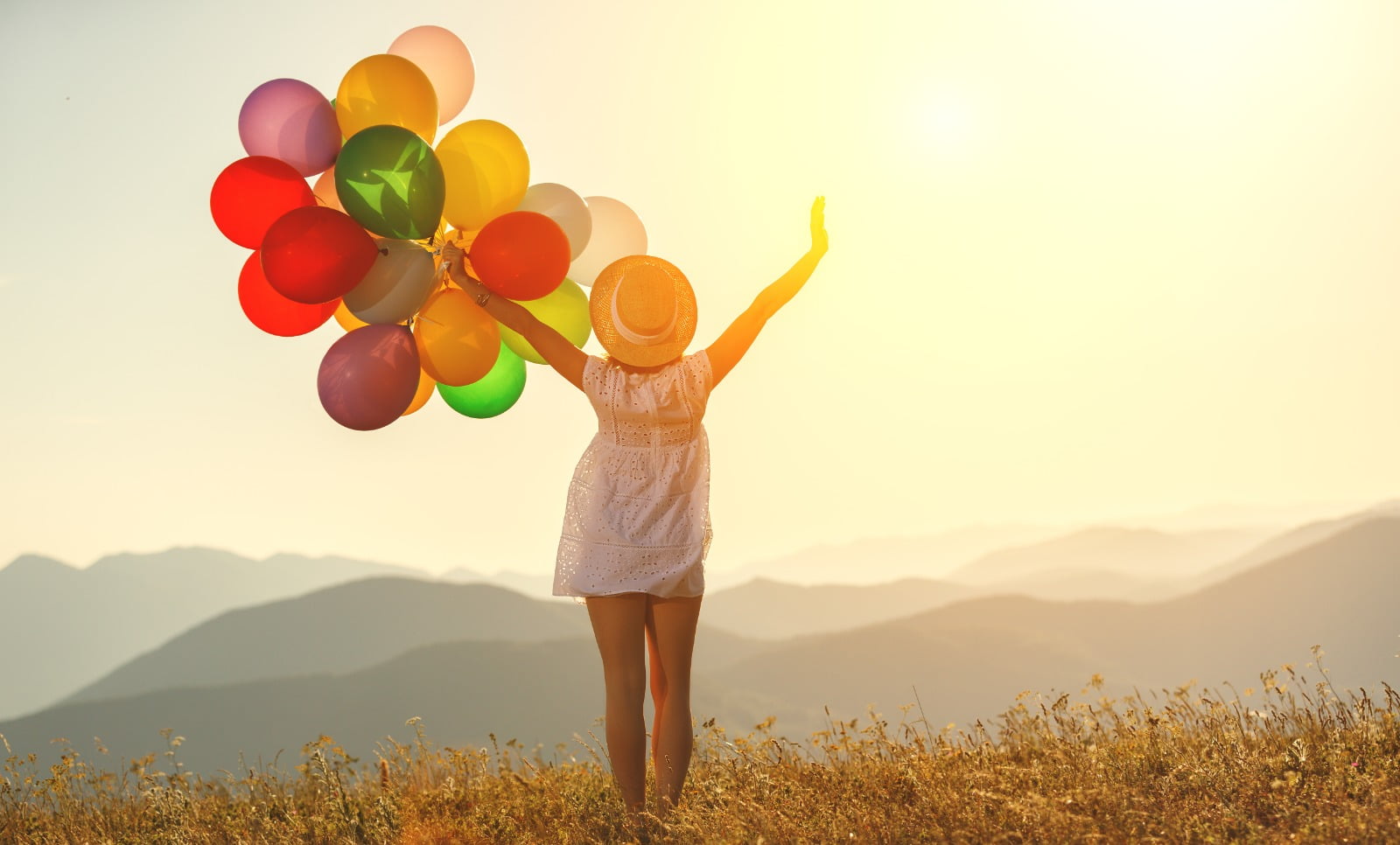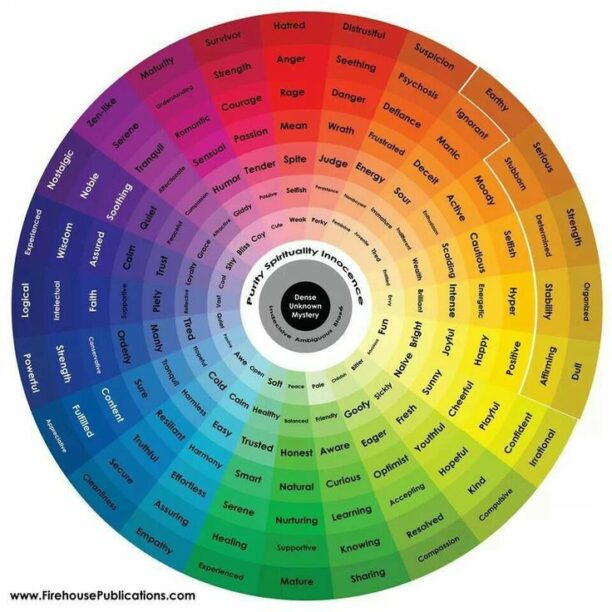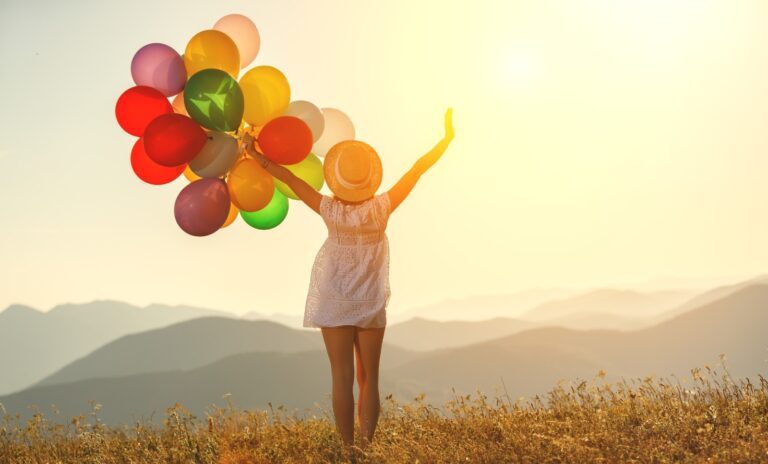What comes to mind when you think of the psychology of color?
We all have favorite colors, usually based on what we think is the most pleasing to our eyes, or what suits us best in terms of clothing, makeup, or décor, and how those colors make us feel. Sometimes our color choices are influenced by trends. And while fashions come and go, as does the popularity of certain “in” colors and shades, what always remains is our subconscious reaction to colors.

Colors Can Influence Our Emotions and Overall Well Being
When you understand the psychology of color, you can always use that knowledge to boost your well being.
What’s your favorite color? Is it blue? Is it orange? Or, perhaps, pink? White? Maybe purple?
Do you wear black because you think it’s slimming? Have you painted your walls light blue because you believe it’s calming? Does red lipstick cheer you up on a wintery day?
We all make split-second psychological associations when we see specific colors, and it’s these associations with colors that influence our emotional responses.
Manufacturers and marketing experts know, for example, what colors prompt us to buy more, eat more, or be more receptive to certain messages. The use of the psychology of color can be very manipulative, depending on the context.
Colors can have powerful effects on our moods and emotions, and for that reason, we can use them for our benefit.
Here is a list of colors and the effects they can have on you and your wellbeing:

(Note first: As you know, all colors come in warm or cool shades. Warm colors can evoke warm feelings all the way up to anger, while cool colors can evoke feelings of calm and peace, as well as sadness.)
How Cool Colors Impact Our Emotions
Blues and greens
You can minimize your stress with these colors – they are calming, restful, and remind us of the sky and water and nature in general.
Green has been proven to ease eyestrain. So if you work with computers or read a lot, this color should be on your list.
Green is also associated with harmony, the environment, freshness, and health. Blue can also increase your focus and concentration.
Softer shades of blue can raise feelings of serenity and lower blood pressure, and blue, in general, is healing and improves wellbeing.
Purple
This is the “spiritual” shade and perfect for increasing your creativity and inspiration. If you use lighter tones, it can create feelings of peace and ease tension.
Pink
Pink can be a relaxing shade and also lessen any feelings of anger. It encourages the emotions of kindness, gentleness, compassion, love, and affection.
Warm colors
Orange
If you’re feeling low and lethargic, orange is a great pick-me-up shade as it induces feelings of happiness and improves your mood and alertness.
Red
Feeling fed up? Touches of red can perk you up and make you feel more energetic.
Yellow
Typically viewed as the happy “sunshine” color, it can, in fact, be hard on the eyes if used too liberally. In small doses, yellow can definitely make you feel more optimistic and cheerful.
Other shades
White is associated with purity, cleanliness, and spirituality. It can also make small spaces look bigger and brighter.
Black is thought to be a color of authority, style, and strength. It’s definitely a slimming shade, but you might prefer brighter colors if black makes you feel drained and lethargic.
Grey is often viewed as a neutral, timeless, and practical color. It can also be seen as rather dull and reminds some people of rainy days.
Brown is an earthy color, organic and natural. It also evokes feelings of stability and comfort. Think of coffee and chocolate.
Follow Your Preferences, not Trends.
Whatever colors you choose in your day-to-day life, I recommend that you not let yourself be swayed too much by current trends and fashions.
It’s far more important to pick shades that suit your individual coloring and benefit your emotional needs.
photo source | adobe


